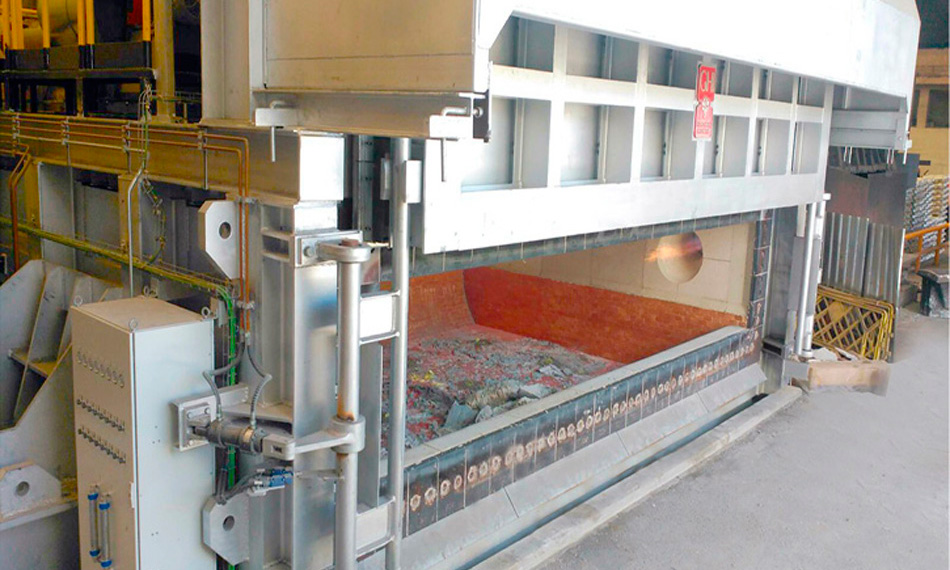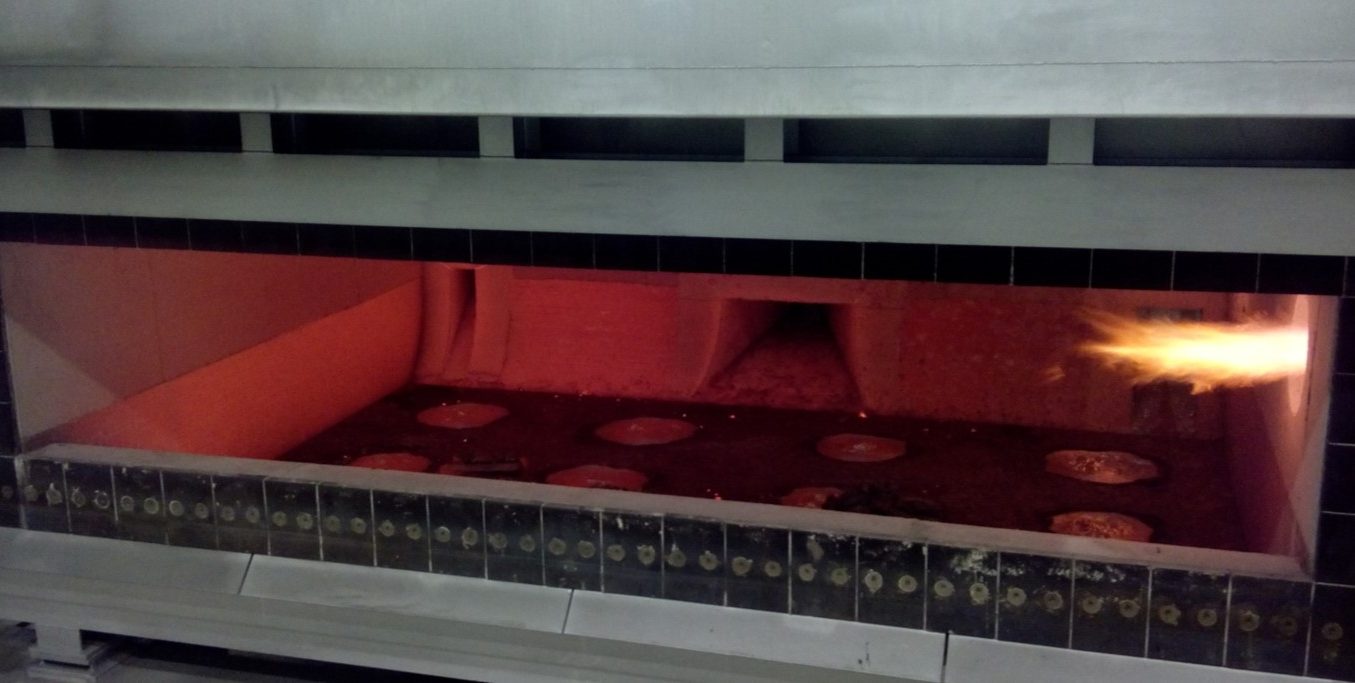Installation of two 50-tonne tilting reverberatory furnaces in Befesa-Asúa

Having replaced its three existing furnaces with two of these new furnaces, Befesa now has a plant that is more operative, more efficient, highly automated and able to feed ladles and ingot moulds with high-quality metal throughout the casting process.
A few months ago, Befesa contracted GHI to supply these two 50-tonne tilting reverberatory furnaces to replace the three existing furnaces, which were fed with molten metal by a fixed-axis rotary furnace.
They use porous plug agitation technology. Two of them were supplied in 1989 and are of 25-tonne capacity, whilst the third was already out of service.
The new furnaces were installed while simultaneously keeping at least two furnaces in operation. To do this, we started by dismantling one of the 25-tonne furnaces and replacing it with a 50-tonne one. A conditioning factor on the design of the new furnace was the limited space available and trench shallowness dictated by high water table level, around 500 mm below elevation 0. A conventional furnace was not a viable option, and therefore we designed one specifically to fit the available space.
To meet this requirement, a side door was created in the shortest wall with burners facing it, and a single-cylinder tilting system. This first furnace went into operation at the end of 2016, and then dismantling of the second 25-tonne furnace began. The available space was sufficient to accommodate a conventional reverberatory furnace, with a generous front opening and two-cylinder tilting system. Assembly was completed three months age.
Lastly, the out-of-service furnace was dismantled, which left the plant in better conditions and with more useable space. The new furnaces have a bath agitation system by means of eight porous plugs which ensure good uniformity of temperature and chemical composition, thus obtaining premium-quality metal from start to finish of casting.
Given the limited space beneath the furnace for carrying out maintenance of the porous plugs, the furnaces are fitted with safety mechanisms which permit plugs to be inspected with the furnace partially tilted.
Also included are automatic tilting systems for more efficient control of casting: a proportional valve in the hydraulic equipment, a tilt meter in the furnace and a laser system to monitor the level in the transfer channel next to each furnace.

